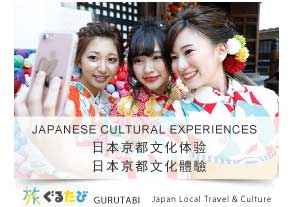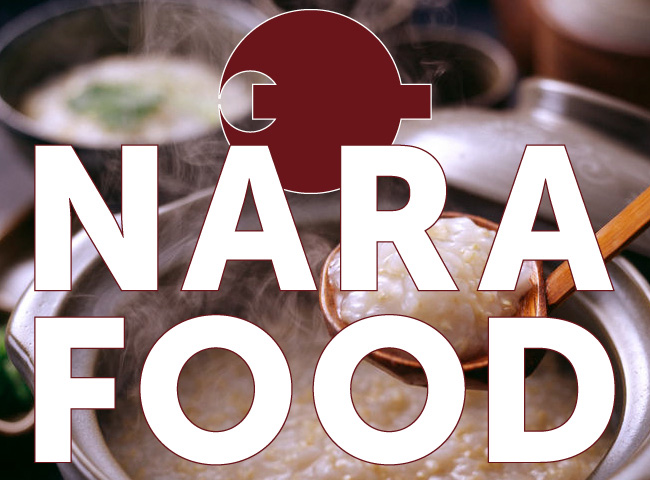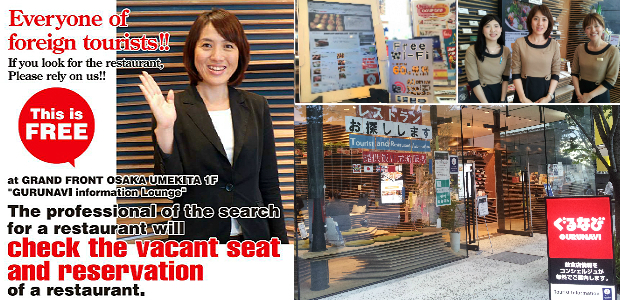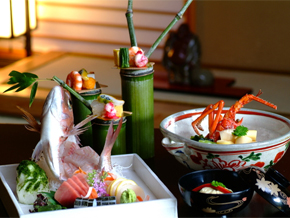10 Kansai Food Sensations: From Tofu to Fugu & More!
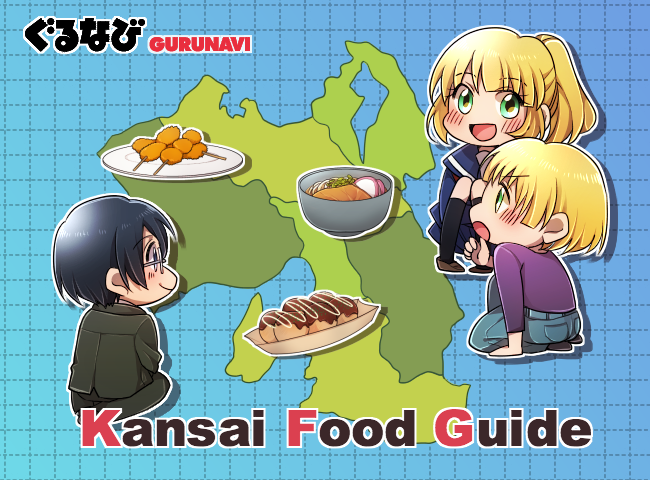

The Kansai region of western Japan has long been famous for its food, and many well-known Japanese dishes come from this area. Traditionally, Kansai food is based around dishes made with high-quality, flavorful dashi stock and light soy sauce. The people of Osaka, a major part of Kansai, are enthusiastic about their local food—so enthusiastic, in fact, that it’s often joked about how Osakans will spend all their money indulging on food until they go bankrupt. Here are 10 regional Kansai foods that you’ll want to spend all of your money on, too!
Kansai Food Explored: 10 Delicious Dishes
Takoyaki
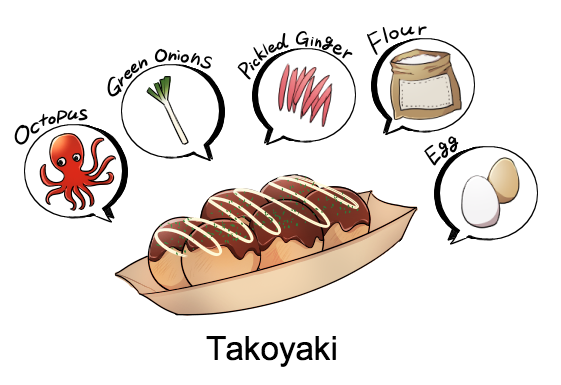
Takoyaki, or grilled octopus balls, are a quintessential Kansai street food. These bite-sized balls of grilled batter are filled with chewy chunks of octopus and cooked in a special pan that gives them their perfectly round shape. While octopus is the standard filling, a variety of ingredients can be used, including cheese, bacon, and corn. Takoyaki is commonly topped with a fruity, sweet Worcestershire-style sauce, mayonnaise, bonito fish flakes, and dried powdered seaweed. Make sure to eat takoyaki while they’re steaming hot.
Okonomiyaki
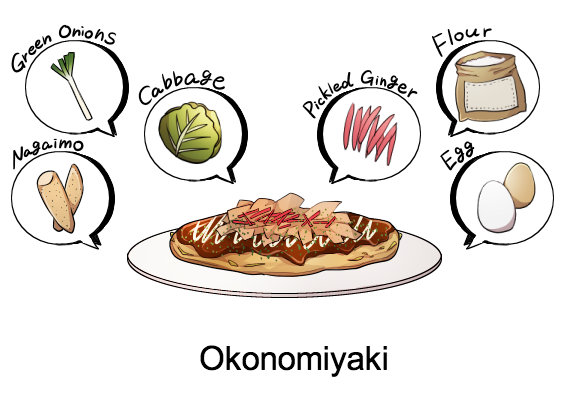
Okonomiyaki is a savory kind of pancake or omelet and a staple Kansai food, containing a variety of ingredients mixed together and cooked on a griddle. The name literally means “whatever you like, grilled”, and okonomiyaki can indeed be prepared with whatever kind of meat, seafood, or vegetables you prefer. Similar to takoyaki, it’s topped with a sweet, fruity sauce, Japanese-style mayonnaise, fish flakes, ginger, and powdered seaweed. There are several regional variations of this dish, including Hiroshima-yaki made with yakisoba noodles, and negiyaki made with green scallions.
Yuba

Yuba, a Kyoto specialty, is a byproduct of soy milk from the tofu-making process and can be served raw or cooked. Like tofu, it’s a common ingredient in many Kansai vegetarian dishes. Dried yuba is typically fried, boiled, or served in soup, while raw yuba has a delicate flavor and a texture that is sometimes compared to mozarella cheese. When served fresh, yuba goes nicely with a bit of ponzu citrus and soy sauce.
Kushiage
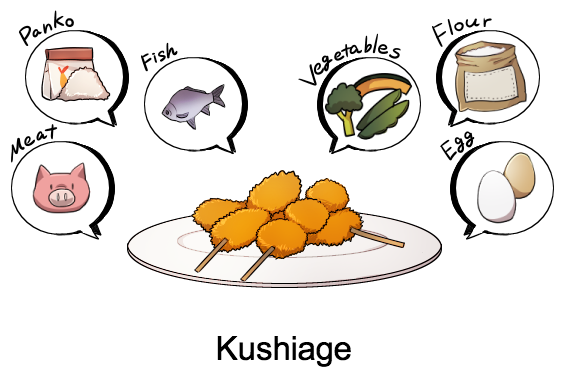
If you’re into deep-fried foods, look no further than kushiage, or kushikatsu as it’s known in Osaka—meat, vegetables, and seafood that’s battered and deep-fried on a bamboo skewer. The fried skewers are served with a thick sweet sauce that clings to their crunchy breaded exterior. Kushiage is typically served with crisp leaves of raw cabbage, which can be used to scoop up extra sauce when you need more, so you can avoid the faux pas of double-dipping.
Kitsune Udon
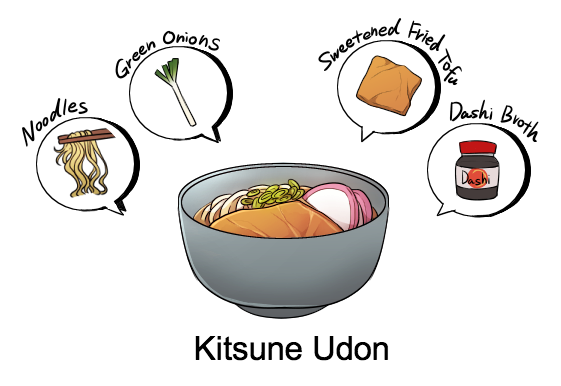
Kitsune udon is the most popular style of udon in Japan, and for good reason. Hot udon noodles are served in a flavorful dashi and light soy sauce broth and topped with abura-age, or fried tofu skin, which is said to be a favorite food of the fox (called “kitsune”) popular throughout Japanese folklore. Abura-age is the same sweet fried tofu used for inari-zushi, and kitsune udon is said to have been invented by an udon-and-sushi specialty shop in Osaka where customers started adding the restaurant’s abura-age to their udon noodles.
Funazushi
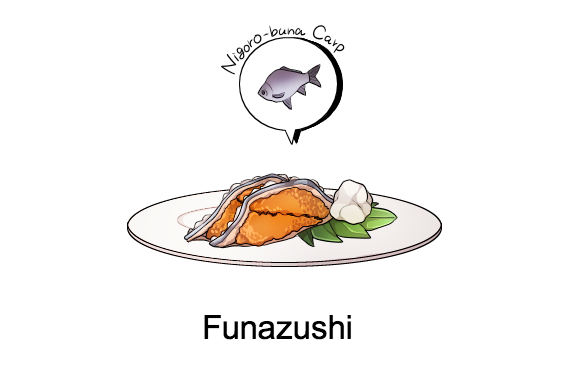
Funazushi is one of the oldest kinds of sushi in Japan and is a must-try for any hardcore sushi enthusiast. It’s made with fermented funa fish, which is found only in Shiga Prefecture’s Lake Biwa. The fish is pickled with salt and rice and fermented for several years in a long process that gives this delicacy its strong smell and sharp vinegar flavor. Fans of this uniquely traditional sushi swear by the taste.
Yudofu

Yudofu, or boiled tofu, is a favorite winter dish of Kansai locals. The dish comes from the Buddhist tradition of vegetarian cuisine enjoyed by monks in Kyoto, known as shojin-ryouri. Freshly made tofu is gently simmered in a dashi broth, taking care not to destroy its fragile shape. The tofu is then served with simple condiments that highlight the smooth and custardy flavor of the tofu. It’s a dish that vegetarians and non-vegetarians alike can love.
Tecchiri
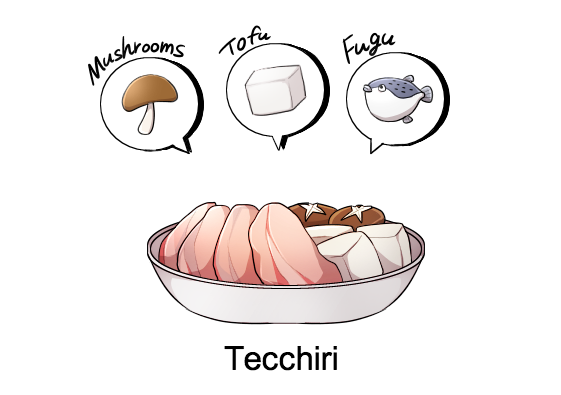
If you’re feeling daring, you’ll want to have a go at tecchiri, or fugu (pufferfish) hot pot. More fugu is eaten in Osaka than anywhere else in Japan, and streets are lined with shops advertising it as their specialty. Fugu is often described as having a firm texture and a rich taste. For tecchiri hot pot, it’s cooked with some combination of vegetables, mushrooms, and seaweed so that the flavor of the fish stands out. The name of the dish comes from “chiri chiri,” which represents the sound of the fugu being cooked in hot water.
Kyoto Tsukemono

Japanese-style pickles, known as tsukemono, known as tsukemono, have been enjoyed since ancient times in Japan. Kyoto specializes in three main varieties: senmai-zuke, made with local Shogoin turnips; suguki, made with turnip leaves; and shiba-zuke, made with eggplant and shiso leaves. Lauded as a “superfood,” Kyoto tsukemono are said to have various health benefits, including being a possible flu remedy. In recent years, it has also become popular to eat these regional pickles as a sushi topping.
Uji Green Tea
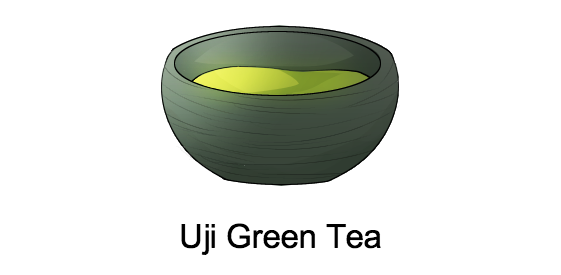
Any good discussion of Kansai cuisine should include something about the world-renowned tea that often accompanies it. Japan is known for its green tea, but famous even among Japanese people is Uji green tea produced near Kyoto. Uji is one of the first places that green tea was cultivated in Japan after it arrived in ancient times from China. Uji’s climate is perfectly suited for growing tea, and green tea from this area is respected for its superior quality. There are many shops in Kyoto specializing in food made with Uji green tea, including Uji green tea soba noodles, ice cream, and sweets.
Kansai Food Offers Something for Everyone
Whether you’re into street food or healthy vegetarian cooking, Kansai regional cuisine has something to offer everyone. But across this wide range of dishes, from fried foods like takoyaki and kushiage to tofu dishes like yudofu and yuba, the one thing that every Kansai food has in common is a richness of taste that comes from using high-quality ingredients, carefully and enthusiastically prepared to draw out the best flavors!


